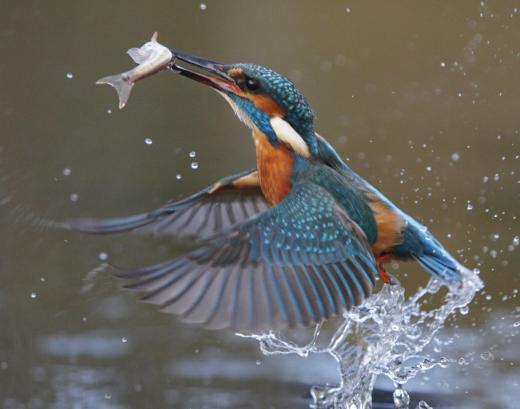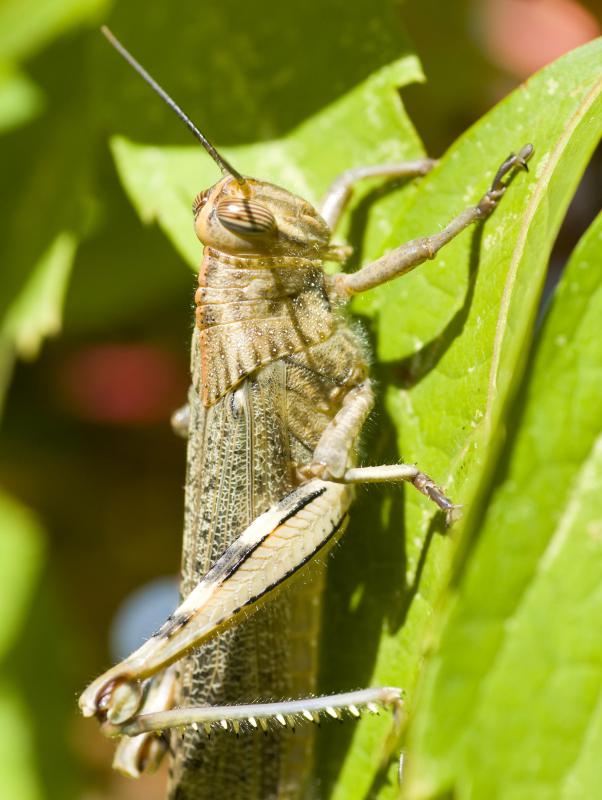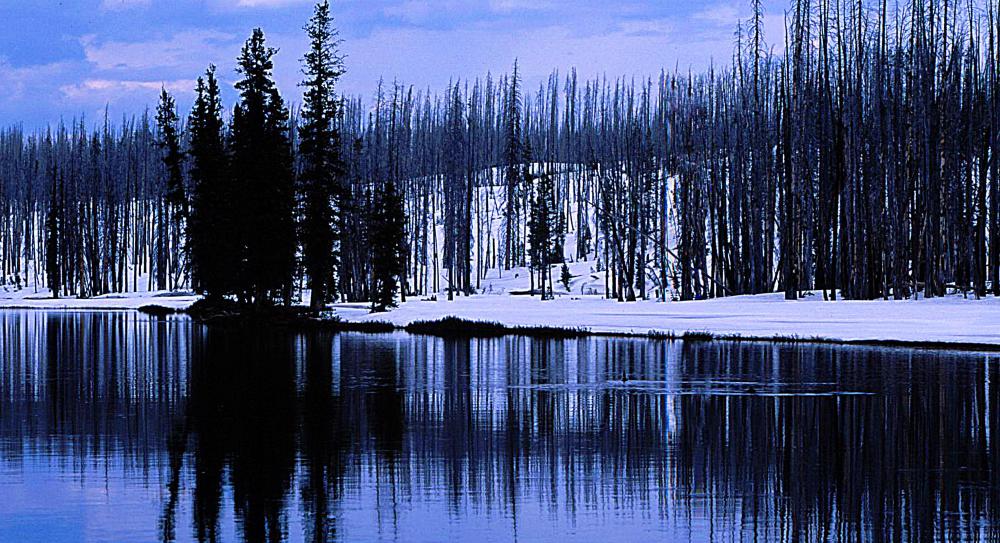At AllThingsNature, we're committed to delivering accurate, trustworthy information. Our expert-authored content is rigorously fact-checked and sourced from credible authorities. Discover how we uphold the highest standards in providing you with reliable knowledge.
What Does It Mean to Be a Dominant Species?
In an ecological community, the species which is most numerous and forms the bulk of biomass may be considered the dominant species. Ecological dominance may also be defined as the species that has the most influence on other species in the same environment. Dominant species include plants and animals that influence the ecological conditions of an environment by their size, abundance, or behavior and determine which other animals or plants can survive in that environment. In some environments, there may be one or more dominant species.
Good examples of ecological domination in the plant world are the forest communities of the Rocky Mountains. After a forest fire, plants and trees progress through various stages, with small plants like grasses and ferns growing back first. Eventually, small trees like aspen and birch take root and sprout upward cutting off sunlight from those smaller ground plants on the forest floor. After a number of years, coniferous trees like pines and spruces will grow above the smaller trees. At each stage of growth, one species of plant succeeds the previous species and, for a time, exists as the dominant species in the forest ecosystem.

In the animal kingdom, the top predator may become the dominant. A good example is the Yellowstone Lake ecosystem in Wyoming, where predatory lake trout were illegally introduced in 1994. Prior to the introduction of the piscivorous, or fish eating, lake trout, the Yellowstone cutthroat trout was the dominant species in the lake ecosystem. In 2011, if not controlled, lake trout could reduce the Yellowstone cutthroat trout population by as much as 90% over the next 20 years and might eliminate them completely. The lake trout would then be considered the dominant fish in this ecological community.

The top predator might not always be the top species, though. Sometimes a species attains dominance through sheer numbers, and in this case, the total biomass of a species makes it the dominant one. Large numbers of a single species can exert tremendous influence on an ecosystem. One simple example of this would be a locust infestation in a wheat field. With an abundant food supply and no predators, a population of locusts can increase its numbers over a very short period of time, becoming the dominant species in this ecosystem.
Frequently Asked Questions
What defines a dominant species within an ecosystem?

A dominant species is one that exerts a substantial influence on its ecosystem, often through high population numbers or significant impact on resources and other species. This dominance can shape the habitat and determine the distribution and abundance of other organisms within the community.
How does a species become dominant in its environment?
A species may become dominant due to various factors such as evolutionary advantages, successful adaptation to environmental conditions, lack of natural predators, or the ability to alter the habitat to its benefit. These advantages allow it to thrive and outcompete other species for resources.
Can a dominant species change over time?
Yes, dominant species can change over time due to environmental shifts, new competitive species, disease, or human impact. Evolutionary pressures and ecological dynamics are constantly at play, which can lead to the rise or fall of a species' dominance within an ecosystem.
What is the difference between a dominant species and a keystone species?
A dominant species has the highest biomass or abundance in an ecosystem, greatly influencing its structure and function. In contrast, a keystone species, which may not be abundant, plays a critical role in maintaining the ecological balance, and its removal can lead to significant changes in the ecosystem.
How does the dominance of a species affect biodiversity?
The dominance of a species can both positively and negatively affect biodiversity. While it can provide stability and structure to an ecosystem, an overly dominant species can also reduce diversity by outcompeting others for resources, leading to the decline or extinction of less competitive species.
What role do humans play in influencing dominant species?
Humans have a significant impact on dominant species through activities like habitat destruction, pollution, introduction of invasive species, and climate change. These actions can disrupt ecological balances, leading to shifts in dominance that may favor species better adapted to altered conditions, often at the expense of native biodiversity.
AS FEATURED ON:
AS FEATURED ON:













Discuss this Article
Post your comments